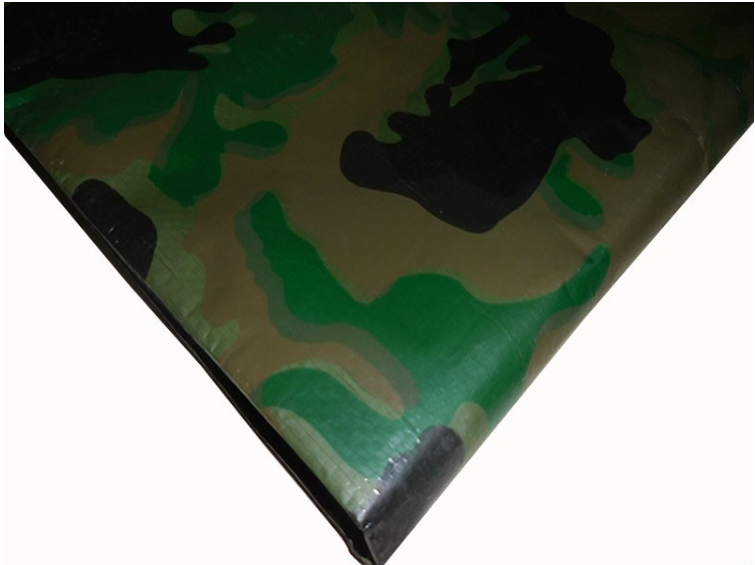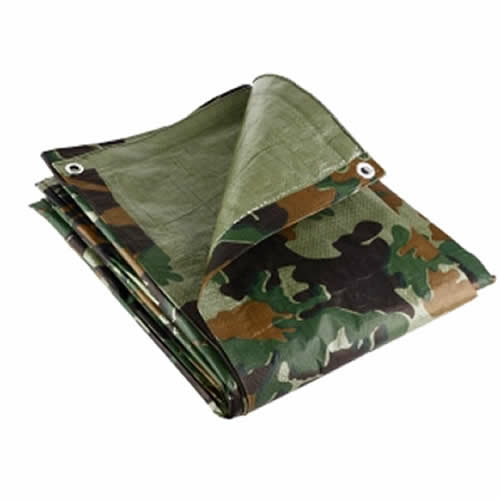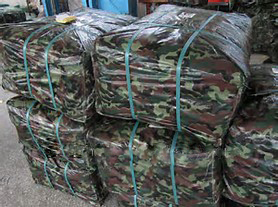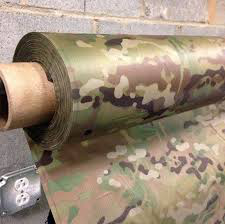Superhard tool materials such as coated cemented carbide, ceramics and PCBN have high temperature hardness, wear resistance and thermochemical stability, which provide the most basic prerequisites for the cutting of high hardness materials. Significant benefits have been achieved in production.
Superhard tool and its selection
The materials used in superhard tools and their tool structure and geometric parameters are the basic elements for hard turning. Therefore, how to choose superhard tool materials and design reasonable tool structure and geometric parameters is very important for stable hard turning.
1, super hard tool material and its selection
Coated cemented carbide
Coating one or more layers of TiN, TiCN, TiAlN and Al3O2 with good wear resistance on a hard tough carbide tool. The thickness of the coating is 2~18μm. The coating usually has a specific ratio of the tool base and the workpiece material. The much lower heat transfer coefficient weakens the thermal action of the tool base; on the other hand, it can effectively improve the friction and adhesion of the cutting process and reduce the generation of cutting heat.
The coating can be divided into physical vapor deposition (PVD) and chemical vapor deposition (CVD) according to the production method. The PVD coating (2~6μm) mainly includes TiN, TiCN, TiAlN, etc., and its composition is continuously increasing, such as TiZrN. The highest pressures of TiN and TiC coatings can reach 3580MPa and 3775MPa respectively. The TiAlN coating can not obtain accurate compressive stress values ​​due to the lack of reliable elastic modulus data. The results of high-speed cutting experiments show that TiAlN has the best performance. Figure 1 shows the hardness of the three coatings as a function of temperature. The hardness is highest at room temperature. When the temperature exceeds [Y; the hardness of the TiAlN coating is higher than that of the TiCN and TiN coatings. Figure 2 shows the tool life of the Ni-based superalloy Inconel178 with two cutting speeds v1=193.5m/min and v2=380m/min. The experimental results show that the cutting performance of TiCN and TiAlN coatings is significantly better than that of TiN coating.
Although PVD coatings show many advantages, some coatings such as Al2O3 and diamond tend to employ CVD coating technology. Al2O3 is a highly heat and oxidation resistant coating that isolates the knife from the heat generated by the cutting. Through CVD coating technology, it is also possible to combine the advantages of various coatings to achieve the best cutting results and meet the needs of cutting. E.g. TiN has low friction characteristics, which can reduce the loss of coating structure. TiCN can reduce the wear of the flank, TiC coating has high hardness, and Al2O3 coating has excellent heat insulation effect.
Compared with cemented carbide tools, coated carbide tools have greatly improved in strength, hardness and wear resistance. Turning workpieces with hardness of HRC45~55, low-cost coated carbide can achieve high-speed turning. In recent years, some manufacturers have applied methods such as improved coating materials to greatly improve the performance of coated tools. Some manufacturers in the United States and Japan use Swiss AlTiN coating materials and new coating patented technology to produce coated blades with hardness up to HV4500~4900, which can cut die steel with hardness HRC47~58 at 498.56m/min. When the turning temperature is as high as 1500~1600°C, the hardness is not reduced and it is not oxidized. The blade life is 4 times that of the general coated blade, and the cost is only 30%, and the adhesion is good.
Ceramic material
With the continuous improvement of its composition and pressing process, especially the advancement of nanotechnology, ceramic tool materials have made it possible to toughen ceramic tools. In the near future, ceramics may cause cutting after high-speed steel and hard alloy. The third revolution. Ceramic cutters have high hardness (HRA91~95), high strength (bending strength of 750~1000MPa), good wear resistance, good chemical stability, good anti-adhesion performance, low friction coefficient and low price. Not only that, ceramic tools also have a very high temperature hardness, the hardness reached HR80 at 1200 °C.
In normal cutting, the ceramic tool has extremely high durability and can be cut 2~5 times faster than cemented carbide. It is especially suitable for high hardness material processing, finishing and high speed machining. It can cut all kinds of hardened steel and hardened cast iron with hardness up to HRC65. Wait. Commonly used are: alumina-based ceramics, silicon nitride-based ceramics, cermets and whisker toughened ceramics.
Alumina-based ceramic tools have higher red hardness than hard alloys. The cutting edges generally do not undergo plastic deformation under high-speed cutting conditions, but their strength and toughness are very low. In order to improve their toughness and improve impact resistance, they are usually ZrO or a mixture of TiC and TiN is added, and another method is to add pure metal or silicon carbide whiskers. In addition to high red hardness, silicon nitride-based ceramics also have good toughness. Compared with alumina-based ceramics, it has the disadvantage of high temperature diffusion during processing of steel and aggravation of tool wear. Silicon nitride-based ceramics are mainly used. Intermittent turning of gray cast iron and milling of grey cast iron.
Cermet is a carbide-based material in which TiC is the main hard phase (0.5~2μm). They are combined by Co or Ti binder, which is a tool similar to cemented carbide, but it It has low affinity, good friction and good wear resistance. It can withstand higher cutting temperatures than conventional cemented carbides, but lacks the impact resistance of cemented carbide, toughness during strong cutting, and strength at low speed and high feed. In recent years, through a large number of research, improvement and adoption of new production processes, the flexural strength and toughness have been greatly improved, such as the new cermet NX2525 developed by Mitsubishi Metal Corporation of Japan and the cermet blade developed by Sweden Sandvik Company. The new CT series and coated cermet blade series have a grain structure diameter of less than 1μm, and the flexural strength and wear resistance are much higher than ordinary cermets, which greatly expands the application range.
Cubic boron nitride (CBN)
CBN hardness and wear resistance
Second only to diamond, it has excellent high temperature hardness. Compared with ceramics, its heat resistance and chemical stability are slightly worse, but impact strength and crush resistance are better. It is widely used in the machining of hardened steel (HRC ≥ 50), pearlitic gray cast iron, chilled cast iron and high temperature alloys, and its cutting speed can be increased by an order of magnitude compared with cemented carbide tools.
The composite polycrystalline cubic boron nitride (PCBN) with high CBN content has high hardness, good wear resistance, high compressive strength and good impact toughness. Its shortcomings are poor thermal stability and low chemical inertness. It is suitable for heat resistant alloys. Machining of cast iron and iron-based sintered metals. The PCBN tool has a low CBN particle content and uses ceramic as a binder. Its hardness is low, but it compensates for the poor thermal stability and low chemical inertness of the former material. It is suitable for the cutting of hardened steel.
When cutting grey cast iron and hardened steel, ceramic tools or CBN tools can be selected. For this purpose, cost-effective and processing quality analysis should be performed to determine which one to choose. Figure 3 shows the wear of the knives in the gray cast iron of Al2O3, Si3N4 and CBN tools. As shown in Figure 3, the cutting performance of PCBN tool materials is better than that of Al2O3 and Si3N4. However, in the dry cutting of hardened steel, the cost of Al2O3 ceramics is lower than that of PCBN materials. Ceramic knives have good thermochemical stability, but not as good as the toughness and hardness of PCBN tools. Ceramic tools are a good choice when the cutting hardness is below HRC60 and when the feed is small. PCBN tools are suitable for cutting workpieces with hardness higher than HRC60, especially for automated machining and high precision machining. In addition, in the case of the same flank wear, the surface residual stress of the workpiece after cutting by the PCBN tool is also relatively stable compared to the ceramic tool, as shown in Fig. 4.
The use of PCBN tools for dry-cut hardened steel should also follow the following principle: Select a large depth of cut as far as possible under the rigidity of the machine tool, so that the heat generated in the cutting zone softens the metal in the front of the blade, which can effectively reduce the wear of the PCBN tool. In the case of small depth of cut, the PCBN tool should also be considered to have poor thermal conductivity, so that the heat in the cutting zone can not be diffused. The shearing zone can also produce a significant metal softening effect and reduce the wear of the cutting edge.
2, the blade structure and geometric parameters of the superhard tool
Proper determination of blade shape and geometry parameters is critical to maximizing tool cutting performance. In terms of tool strength, the blade tip strengths of various blade shapes are from high to low: circular, 100° diamond, square, 80° diamond, triangle, 55° diamond, 35° diamond. After the blade material is selected, the blade shape with the highest possible strength should be used. Hard turning inserts should also choose the largest possible tool nose arc radius, roughing with a circular and large tool nose arc radius, and the radius of the tool nose arc during finishing is about 0.8μm.
Hardened steel chips are red and soft ribbons, brittle, easy to break, non-bonded, hardened steel cutting surface quality, generally no built-up edge, but large cutting force, especially radial cutting force It is larger than the main cutting force, so the tool should adopt a negative rake angle (go ≥ -5 °) and a large relief angle (ao = 10 ° ~ 15 °). The lead angle depends on the rigidity of the machine. It is generally 45°~60° to reduce workpiece and tool flutter.
Http://news.chinawj.com.cn Editor: (Hardware Business Network Information Center) http://news.chinawj.com.cn
As a professional supplier for Camouflage PE Tarpaulin for almost 20 years.We always supply the first grade quality,100% virgin material . Our Camo tarps is mainly exported to Europe and America
Camouflage tarpaulin is also called Army Camouflage Tarpaulins,Camo tarps,Waterproof PE Camouflage Tarpaulin
Our army camouflage tarpaulins have camo printing on one side and are dark green on the other side. It is widely used for Camping, Shelter, Temporary Waterproofing of Storm Damage , Truck Covers, Trailer Covers, Market Stall Covers, Temporary Roofs, Ground Sheets, Outdoor Covering etc.
Here is the details:
PE tarpaulin
Weight: 60gsm-300gsm
Color: Army camouflage one side and dark green the other
Details:both sides laminated, cut size or finish size,four edge hemmed with PP rope. Aluminium eyelets every meter
Packing: each piece put into poly bag with a sticker outside, then suitable pieces press into one bale or carton





Camouflage Tarp,Army Green Camouflage Tarpaulin,Outdoor Camping Camo Tarpaulin,Ground Tarp Army Camo Tarpaulin
HEBEI OHONG PLASTIC CO. LTD. , https://www.tarpaulin-factory.com